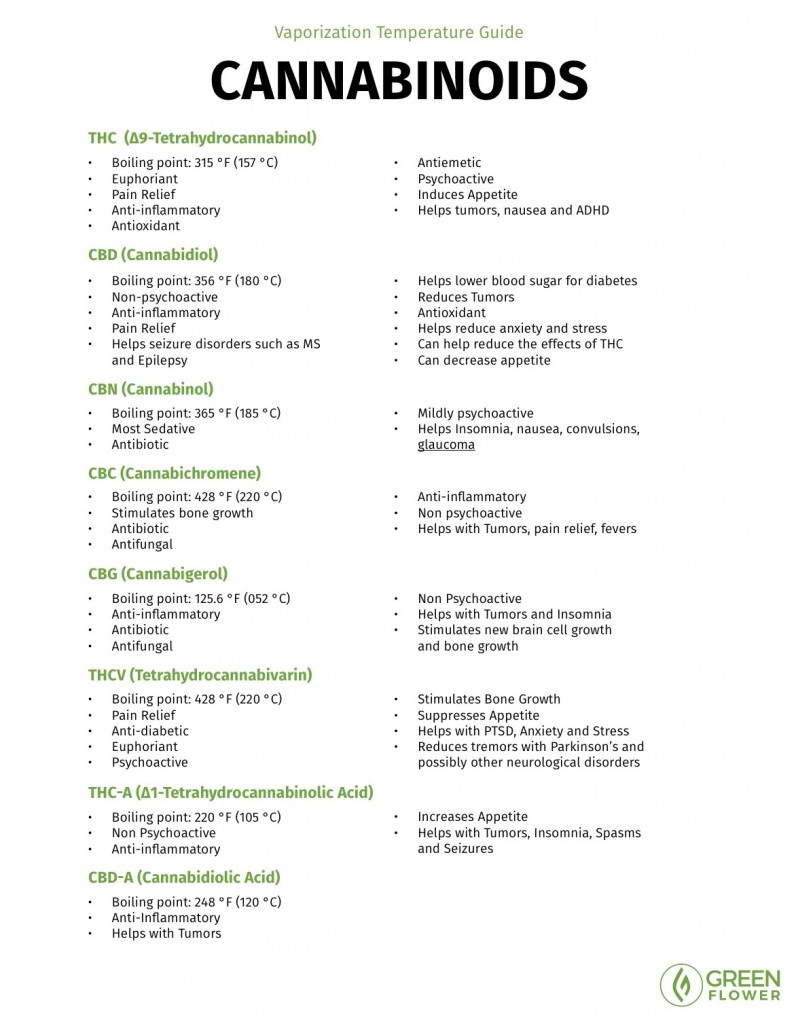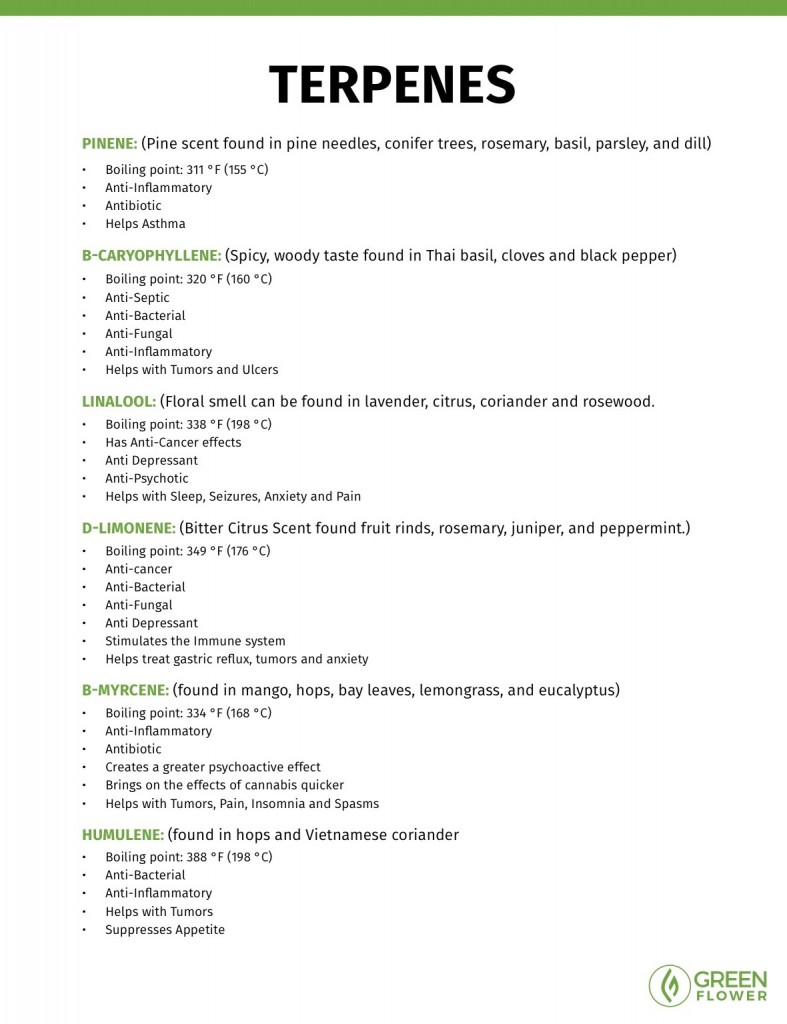- Thread starter
- #2,481
Sara, the idea is to keep from thinking of it as work. That word carries so much negative baggage.  Try to avoid stressing, and remember to carry the feeling as long as you can, even if only a few seconds past two breaths, and laugh it off.
Try to avoid stressing, and remember to carry the feeling as long as you can, even if only a few seconds past two breaths, and laugh it off.
You're telling the ECS that you're ready to play. Try those words when consciousness first hits.
"I'm ready to play." With a smile.
 Try to avoid stressing, and remember to carry the feeling as long as you can, even if only a few seconds past two breaths, and laugh it off.
Try to avoid stressing, and remember to carry the feeling as long as you can, even if only a few seconds past two breaths, and laugh it off. You're telling the ECS that you're ready to play. Try those words when consciousness first hits.
"I'm ready to play." With a smile.




 Take control of your destiny. Stop waiting for the market to catch up to you. Grow a balanced ratio plant or find someone who'll grow it for you.
Take control of your destiny. Stop waiting for the market to catch up to you. Grow a balanced ratio plant or find someone who'll grow it for you. 


 rg website:
rg website:



